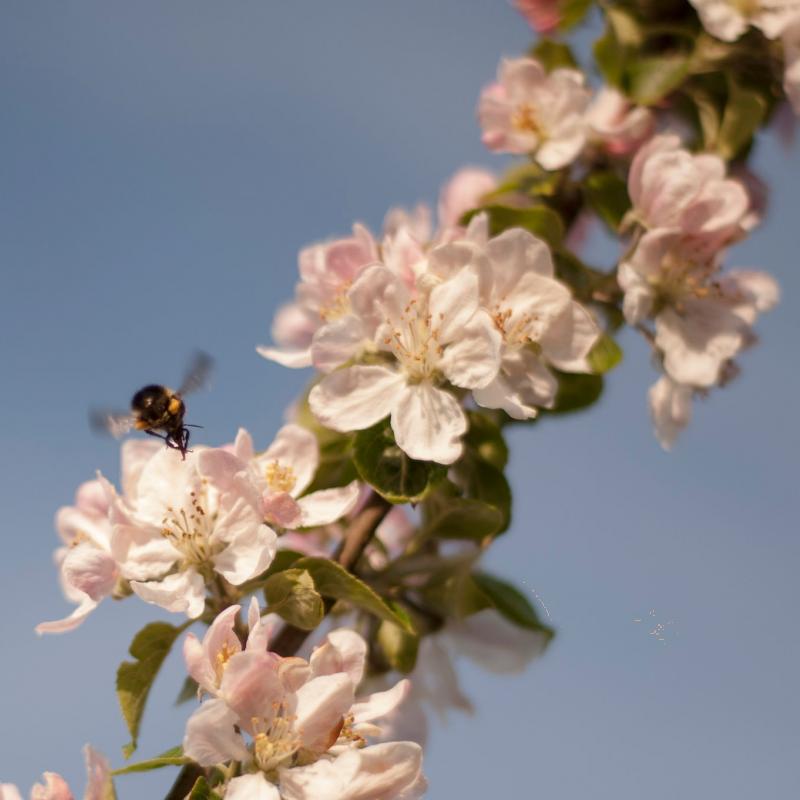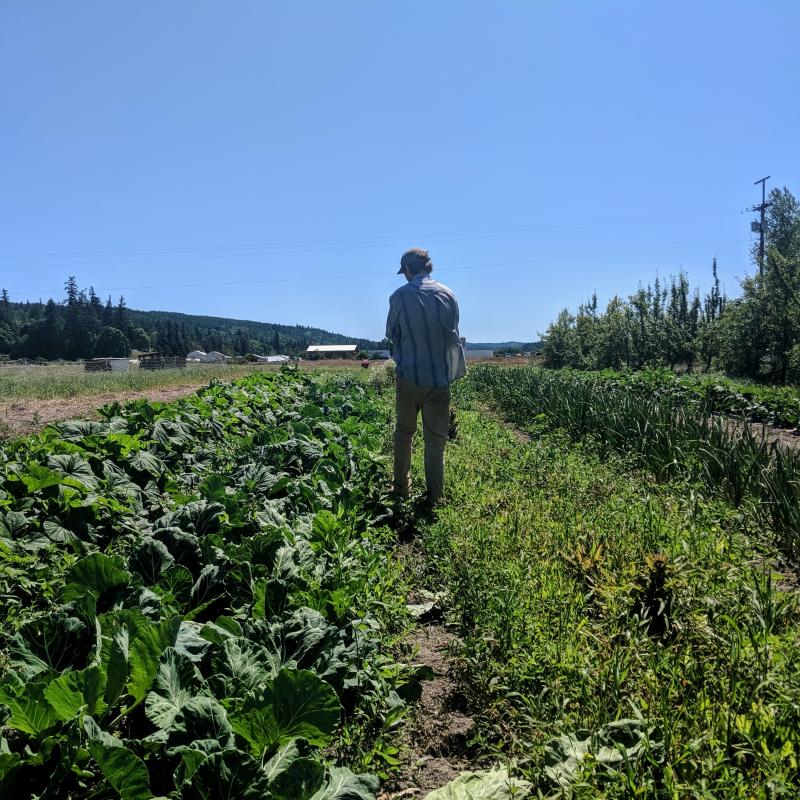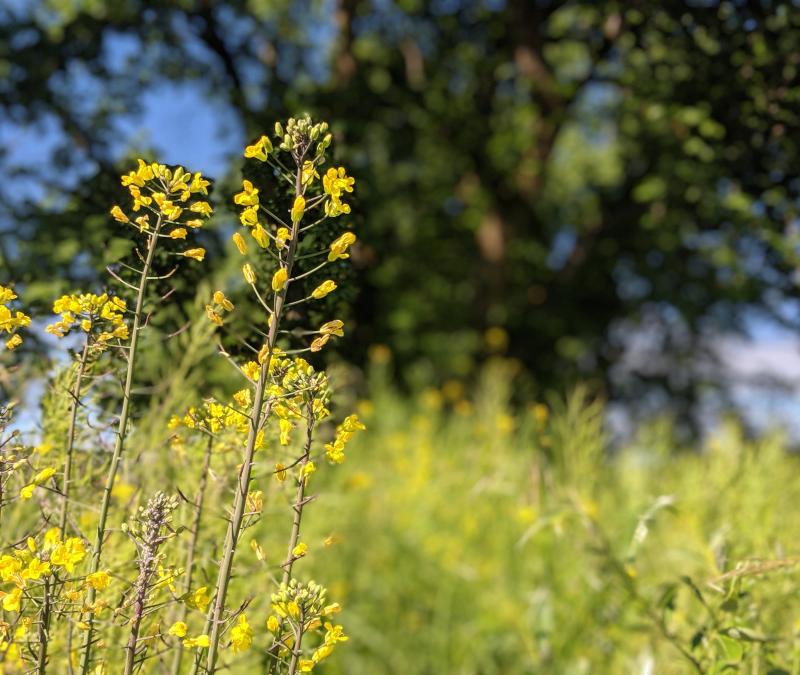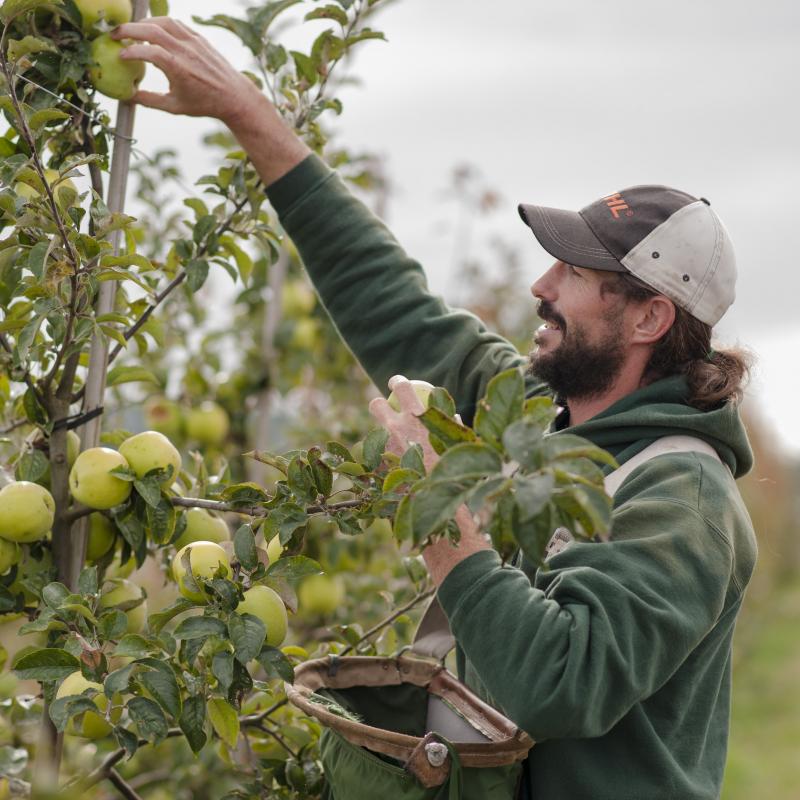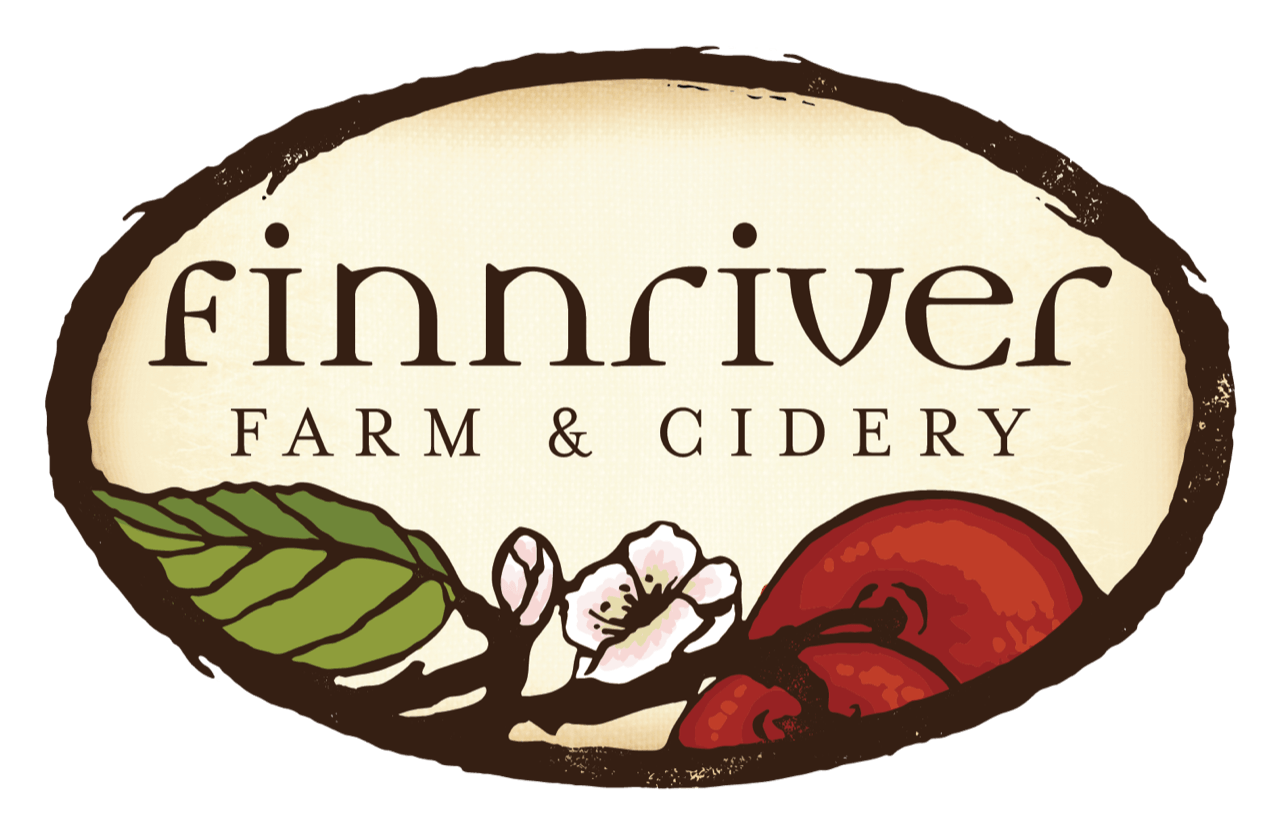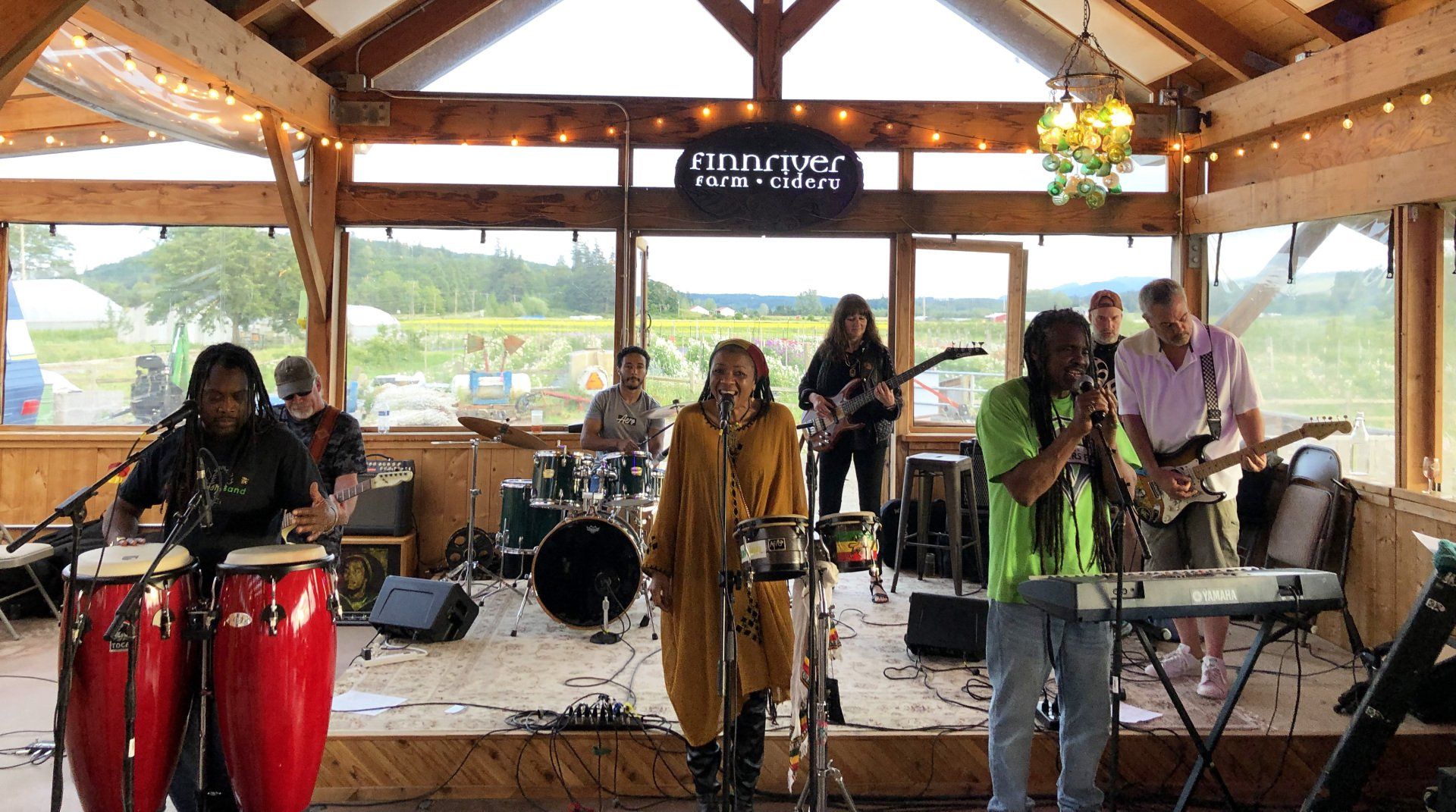During the pandemic we took a year off from Live Music on the Land, Finnriver's year-round weekend music series. Although we tried to create a virtual venue for musicians on our Facebook page, the chance to enjoy live music was a void we all felt. Music is good for the soul and we imagine for the land and orchard as well!
Then in the spring of 2021 we started back up with live music every weekend (Fridays, Saturdays, and Sundays), featuring regional and touring musicians in many genres, balancing support for musicians and accessibility to the public by asking for $3-5 cover charge for adults. Now, half a year later, we are honored to receive recognition forBest Music Venue on the Olympic Peninsula. Thank you to everyone for showing your support of live music and regional musicians! There are many people making it all happen behind the scenes and we thought it was an apt time to shine a light on their hard work and commitment to bringing live music to this land.
None of this amazing music would be possible without Camelia Jade (CJ), shown below playing her guitar. She's a multi-instrumentalist, audio engineer and the Finnriver Music Coordinator, aka the person booking and recruiting the bands, orchestrating the calendar, running sound and lining up sound engineers. But she's humble and quick to pass the gratitude on to others,
"I'm so grateful to everyone who has helped to make the music program here so successful. Thank you to the wonderful local musicians who are here season after season, and to the regional musicians who come to visit and share their art with us. Thank you to our sound engineers Jon Isenhower, Taylor Thomas-Marsh and Austin Davis! And thank you to the patrons who show up to dance and listen!"
When CJ first began as Finnriver's music coordinator several years ago, she had to overcome a general perception people had about what kind of music to expect on a farm. It influenced the types of applications she would receive and typically resulted in a more limited bandwidth of genres.
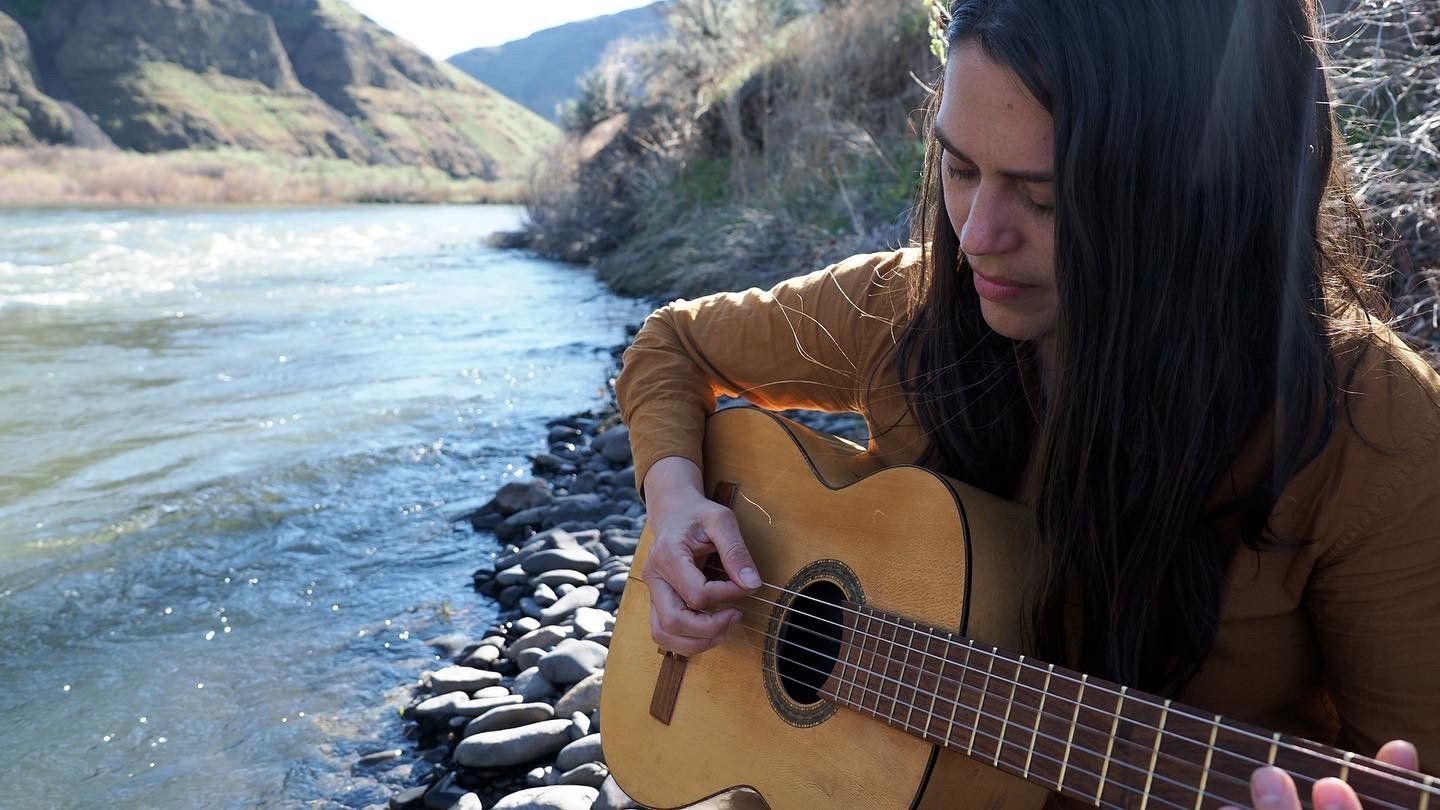
"I've been really excited to broaden horizons and open people up to the wide range of diverse styles and cultures found in this region of the northwest. As a Latinx musician and queer person of Chilean-American descent you may have noticed the influx of new music that reflects my connection to those communities. I feel like it's my responsibility to be involved in the regional music scene and to bring a diverse range of music here. I also feel a deep respect and responsibility to local musicians of the Quimper Peninsula to ensure they have great gigs that sustain them throughout the year. You can expect to see summertime feature more regional acts, and throughout the winter it's really about diving into the hyper-local music scene--because they are the ones that keep us going through the winter."
Camelia Jade's passion for bringing in a diverse range of music shines through as she reflects on the past year of music, which has included a broad range of styles from Jazz, Reggae, Funk, Latin-American music (Salsa, Cumbia, Brazilian music, and more), Blues, Classical, Psychedelic, Indie, Soul, Bluegrass, Swing, Country, R&B, Accordions!, and all varieties of Songwriters.
When asked what makes us such a great venue (aside from the obvious beautiful views of the Chimacum valley), CJ is quick to respond, “What sets us a part is that we have highly skilled sound engineers on staff for each show and a venue and community that is dedicated to respecting and uplifting the skill and work of musicians. I have had many musicians comment on how well they were treated at Finnriver by our program, our wonderful crew and enthusiastic patrons.“
Thank you to everyone who has helped make our music program so lively and lovely. Looking to the future you can expect to continue to see a variety of marvelous music coming through. We hope to see you here!
For an up-to-date calendar of live music & events click here.
